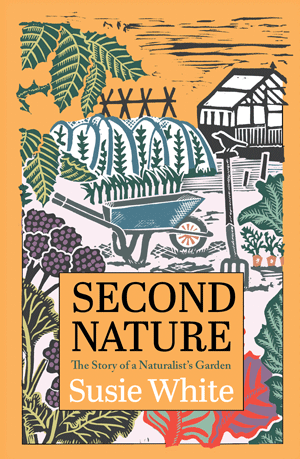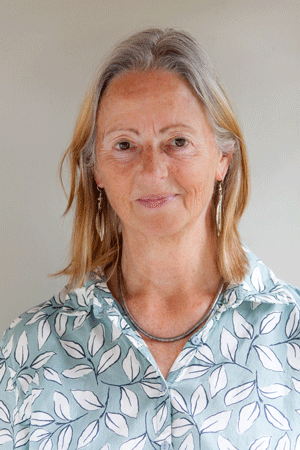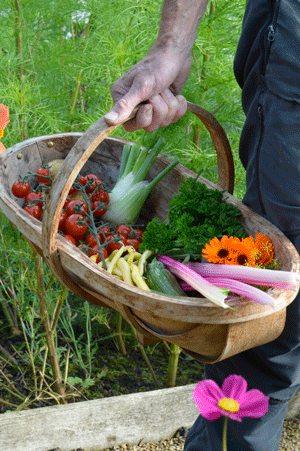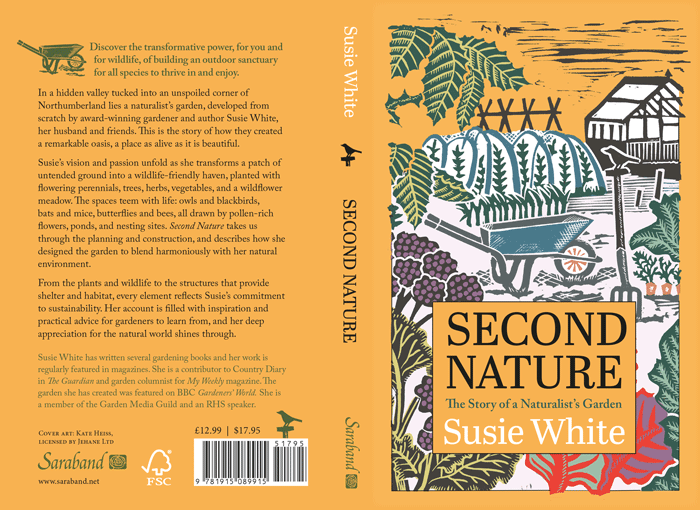‘Second Nature’ interview with Susie White
 ‘This is what the buzzard sees. The steep bank of wood- land in the valley below. River winding through fields of round backed sheep. A rabbit on the stony track. Bank vole hurrying to safety in the dry-stone wall. The many shapes and textures of plants in a garden. The figure of a woman straightening, shading her eyes with the back of her hand and gazing up’.
‘This is what the buzzard sees. The steep bank of wood- land in the valley below. River winding through fields of round backed sheep. A rabbit on the stony track. Bank vole hurrying to safety in the dry-stone wall. The many shapes and textures of plants in a garden. The figure of a woman straightening, shading her eyes with the back of her hand and gazing up’.
Once in a while you find a book that not only touches your soul but brings with it a feeling of calm that wraps around you like a comfort blanket. In Susie White’s new book, ‘Second Nature‘, I found the perfect antidote to this stressful world and its daily challenges.
Below, I talk to Susie about the book and the special place where she gardens in a little valley in Allendale, North Pennines where she moved in 2009.
I explained to Susie how I found her book inspiring and how it made me look at my own garden in a new light and asked what she hoped people will take away from reading ‘Second Nature‘? “When we came to this garden it was totally neglected so I’d like to make people feel that they can take an abandoned plot and turn it into something beautiful. It’s my personal story but there’s so much detail in the book to guide people on the way to making their own wildlife garden. It’s important to me that it looks beautiful as well as bringing together insects birds mammals and reptiles, everything that makes a flourishing ecosystem. Every day I see something beautiful that makes me appreciate the world around me.”
 In the book Susie (pictured right) writes about her own childhood influences and about the importance of being in nature at a young age, so how important does she feel this has been? “Very important! I think it’s crucial that children have access to the natural world, whether at home, school or on days out. It’s only if you learn about something and value it that you know that it needs protecting. I was lucky to grow up in a country garden and now I can share my present garden with my grandchildren. It’s a passing on of knowledge and understanding. Childhood experiences of nature are a theme throughout the book and are woven into it alongside other strands: the story of how we made the garden from scratch, the mindfulness and positive mental health that comes from gardening, the how to of design and of growing.”
In the book Susie (pictured right) writes about her own childhood influences and about the importance of being in nature at a young age, so how important does she feel this has been? “Very important! I think it’s crucial that children have access to the natural world, whether at home, school or on days out. It’s only if you learn about something and value it that you know that it needs protecting. I was lucky to grow up in a country garden and now I can share my present garden with my grandchildren. It’s a passing on of knowledge and understanding. Childhood experiences of nature are a theme throughout the book and are woven into it alongside other strands: the story of how we made the garden from scratch, the mindfulness and positive mental health that comes from gardening, the how to of design and of growing.”
I was particularly impressed that someone with a small garden can learn so much from this book as it is a wonderful celebration of gardens and wildlife. Susie explains how to plant in layers from the tiniest alpines through border plants to shrubs and up to trees and creating numerous mini habitats that mimic those of a woodland. As Susie points out, much of what she describes is about seeing things from the point of view of the creatures that live in it, to understand what their needs are and these ideas can be applied equally to a single border of a small backyard.
I asked Susie about sustainability as this is at the core of her book: “I live surrounded by fields woodlands and rivers and it’s a landscape of mossy drystone walls, wooden fence posts covered in lichens and tussocky grass where curlews nest. So it felt very important to use materials from the valley and I’ve kept to these simple words for chapter headings: Wood, Stone, Meadow etc. We have used the stones that were lying about when we came here to build retaining walls, steps and paving. We have harvested willow and hazel from nearby to make woven hurdles, bed edgings, plant supports and beanpoles. There is a beauty in this simplicity and a coherence from restricting the materials to just a few different types. The very first thing we did was to make three compost bins and bring life back to what was compacted and lifeless soil.”
 I know from where Susie lives that her garden experiences extremes of temperature. For many gardeners this is an increasing problem so I asked her what she grows to cope with this? “This garden was featured on BBC Gardeners’ World as an example of extremes of temperature! It is in a frost hollow which is also very hot in summer, and experiences a swing of 50°. That means that the plants have to be very resilient so there is plenty of detail in the book about what to grow in difficult conditions and how to use mulches to protect the soil.”
I know from where Susie lives that her garden experiences extremes of temperature. For many gardeners this is an increasing problem so I asked her what she grows to cope with this? “This garden was featured on BBC Gardeners’ World as an example of extremes of temperature! It is in a frost hollow which is also very hot in summer, and experiences a swing of 50°. That means that the plants have to be very resilient so there is plenty of detail in the book about what to grow in difficult conditions and how to use mulches to protect the soil.”
Visiting Susie’s garden is akin to finding a wildlife haven, there is something to see every day, so I asked her what tips she has for wildlife spotting: “I have several pairs of binoculars in different rooms so I can easily pick them up when I see something out of the window. Often what I see becomes one of my Guardian Country Diaries from the tiniest zebra spider on the window frame to a stoat in ermine in winter or a partridge nesting in one of the deep borders. And I really recommend a pair of close up binoculars which reveal an amazing hidden world.”
Susie is a regular Guardian Country Diarist and Columnist for My Weekly magazine and an RHS Listed Speaker. She is a member of the Garden Media Guild and the Outdoor Writers and Photographers Guild. She was also a finalist in 2022 for the Garden Media Guild Journalist of the Year. For over 20 years she ran a walled garden and nursery – Chesters Walled Garden, on Hadrians Wall. It was in that beautiful place that I first met Susie and came under her horticultural spell!
Susie’s book will be launched at the Queens Hall Arts Centre, Hexham Thursday on April 11th at 7pm. It is published by Saraband – www.saraband.net at £12.99.
Image of Susie: credit Shona Branigan.


